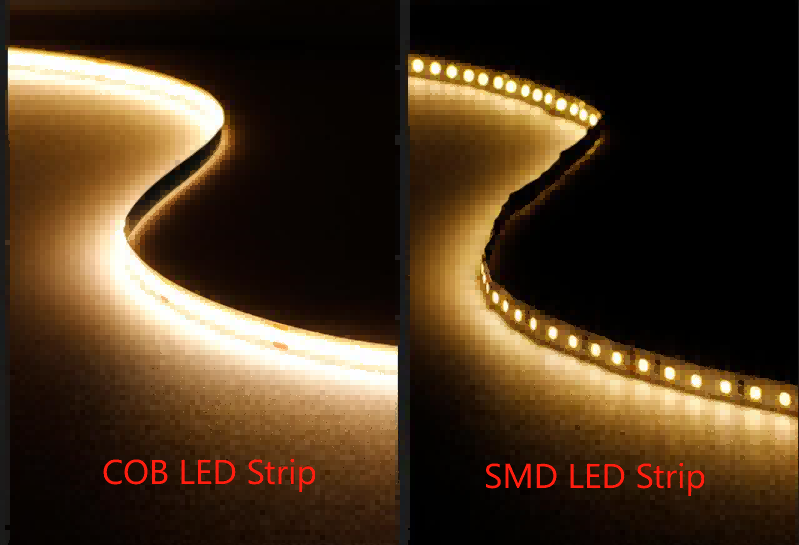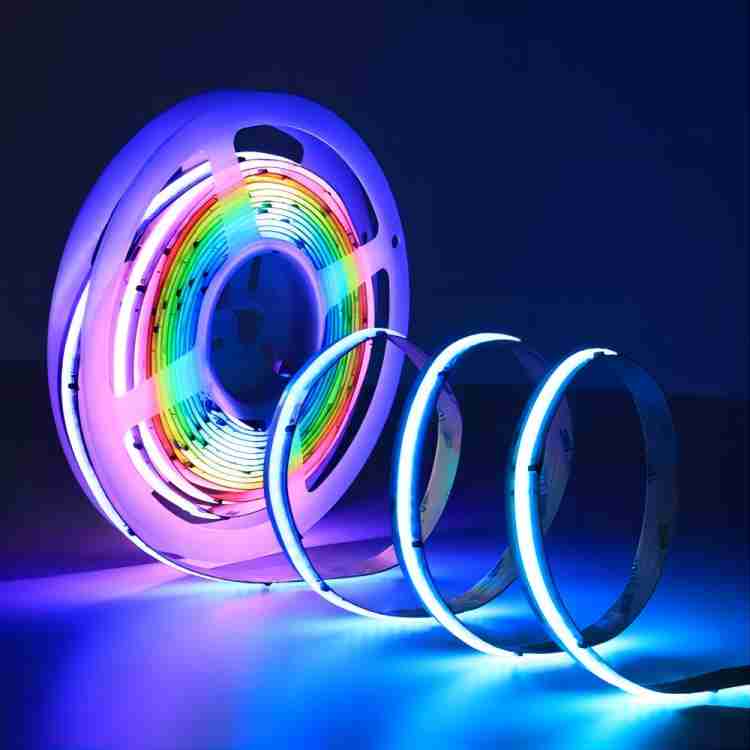As a commonly used lighting decoration material, LED strip light can not only provide bright lighting effects, but also create various colorful atmospheres. However, when choosing an LED light strip, there are some key indicators that need to be considered to ensure that it can meet actual needs.
1.Color Correlated Temperature (CCT)
CCT is measured in Kelvins (K) and represents the color appearance of the light emitted by the LED. Lower Kelvins (e.g., 2700K) appear warm, similar to incandescent bulbs, while higher Kelvins (e.g., 6000K) appear cooler and more daylight-like.If it is bedroom lighting, generally choose warm colors. Cool colors are generally used for brightness lighting.

2.Brightness (Lumens):
Brightness refers to the luminous intensity of the light source, and the common unit is “lumen (lm)”. When choosing LED light strips, you should choose the appropriate brightness according to actual needs and use environment. If the light strip is used as auxiliary lighting, the brightness can be appropriately reduced; if the light strip is used for lighting and decoration, the brightness needs to be increased to achieve better effects.

3. Types of light source
Currently, common LED lights on the market come in different types such as SMD, COB and RGB. Each type of light source has different characteristics, advantages and disadvantages, and the appropriate light source type should be selected based on actual needs and usage environment.
SMD LED strip light are the earliest popular light strips on the market.SMD LED strips come in various sizes and types, denoted by numbers such as 3528, 5050, or 2835. These numbers refer to the dimensions of the LED chip in terms of length and width in millimeters.
COB LED strip light are popular in the market for their uniform and spotless.The full name of COB is chip-on-board, which is chip-on-board packaging. It is a new packaging method that is different from SMD surface mount packaging technology.

4.Color Rendering Index(CRI)
CRI stands for Color Rendering Index. It is a quantitative measure of a light source’s ability to accurately reveal the colors of various objects when compared to a natural or ideal light source, typically sunlight. CRI is expressed as a numerical value on a scale from 0 to 100, with higher values indicating better color rendering.

When choosing LED light strips, you should choose a light source with higher CRI and Ra values to ensure that it can accurately restore the true color of the object. For example, in places or living spaces where lighting is very important, you can choose light strips with high color reproduction. For other rooms like the garage or less important places, I would switch to cheaper but still good LED strips.
To sum up, when choosing LED light strips, you need to comprehensively consider multiple factors such as color temperature, brightness, color reproduction, light source type and installation method, and price, and make a selection based on actual needs and use environment.


